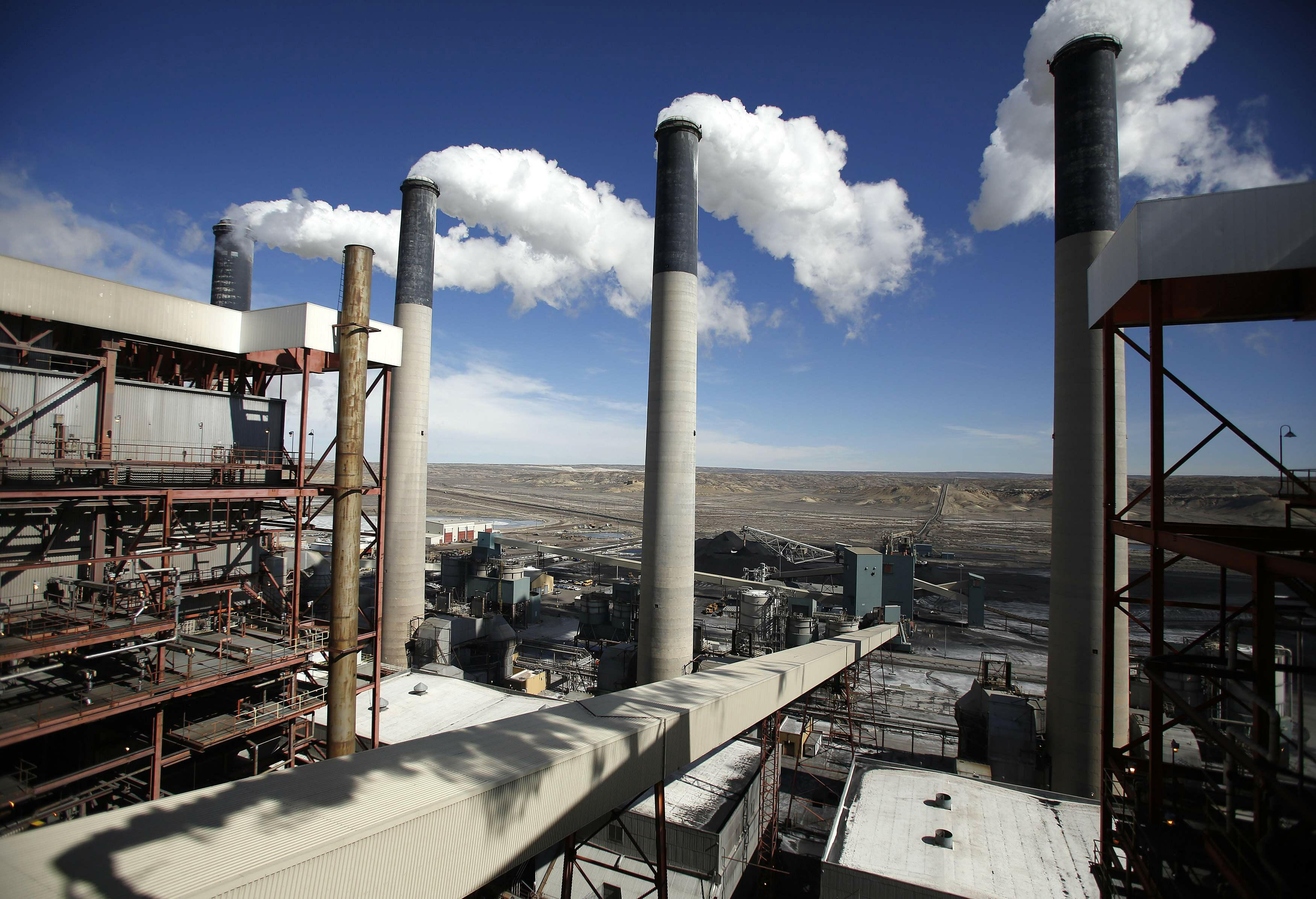
Everyone knows that at some point, if we want to contain climate change, we'll have to stop building polluting power plants. New research suggests that moment may come much sooner than we realise.
In some areas, the world is making progress toward reducing harmful emissions. Earlier this year, the Business Council for Sustainable Energy reported that the use of coal-fired plants for electricity generation in the US fell to the lowest level in 60 years. Some of the biggest US coal mining outfits have filed for bankruptcy. Electricity from coal looks set to become increasingly rare in China as well. That's good news for anyone hoping that humanity might still manage to reduce carbon emissions enough to avoid warming the Earth's climate past the two degrees Celsius that scientists see as dangerous.
Even so, trends globally aren't so encouraging. Developing nations plan to build a lot more fossil-fuel generating stations, and global carbon emissions are still increasing. Electricity generation still contributes about one-fourth of all human-created greenhouse gas emissions. The crucial question, then, is whether we will manage the transition to zero carbon production in time -- and how much time we have.
A new study by researchers from Oxford University's Institute for New Economic Thinking offers an answer. In short, we have only a year or so to stop investing in new fossil-fuel power stations. After that, the expected emissions from those plants over their economic lifetime will commit us -- barring other exceptional changes -- to shoot past the 2 degree limit. This means we face crucial choices right now.
The trouble, as Alexander Pfeiffer and colleagues point out, is the amount of emissions already built into the system. Electricity infrastructure lasts a long time: Some thermal plants in the European Union are as much as 50 years old, and we should expect new plants to be used over a similar period of time. So the stock of existing plants, and any new construction, has repercussions for emissions decades into the future.
Climate dynamics add to the inertia. Once put into the atmosphere, carbon dioxide lasts for centuries, contributing to warming all the while. It's the total stock of carbon in the atmosphere, not what we happen to be emitting now, that matters most. Even if we reduce emissions quickly, the stock will decline much more slowly.
Taking these inertias into account, and using data from the IPCC on global carbon budgets and various scenarios for plausible future emissions and technology changes, Pfeiffer and colleagues analysed how long we can go on building new fossil fuel power plants if we want to have a decent chance -- say, 50 per cent -- of staying within the two degree limit. To that end, they introduced the concept of the “two degree capital stock" -- the total amount of electricity generating capital we can create before we've locked ourselves into dangerous warming.
By their estimate, if we don't shift all new electricity generation investment to zero-carbon technology by the end of 2017, we will face a number of unpalatable alternatives. They include accepting the likelihood of warming beyond the two degree limit, shutting down and writing off lots of the world’s energy assets or putting our hopes on carbon-capture technology that does not yet exist.
Pfeiffer and colleagues don't mean to be doomsayers. Their aim is to help policy makers get a more realistic view of the time available for making the shift to clean energy. National commitments to phase out fossil fuel power generation tend to focus on targets for emissions reductions. The EU, for example, aims to cut 40 percent by 2030. But emissions at any moment aren't directly linked to the atmospheric carbon stock that causes warming, nor do they reflect the future trajectory of carbon emissions implied by existing infrastructure.
Policy makers need to think a lot more about the repercussions of the fossil fuel power plants currently being planned, as well as associated coal mines and oil and gas fields. What we do today will affect the options available to us for decades to come. - Bloomberg View